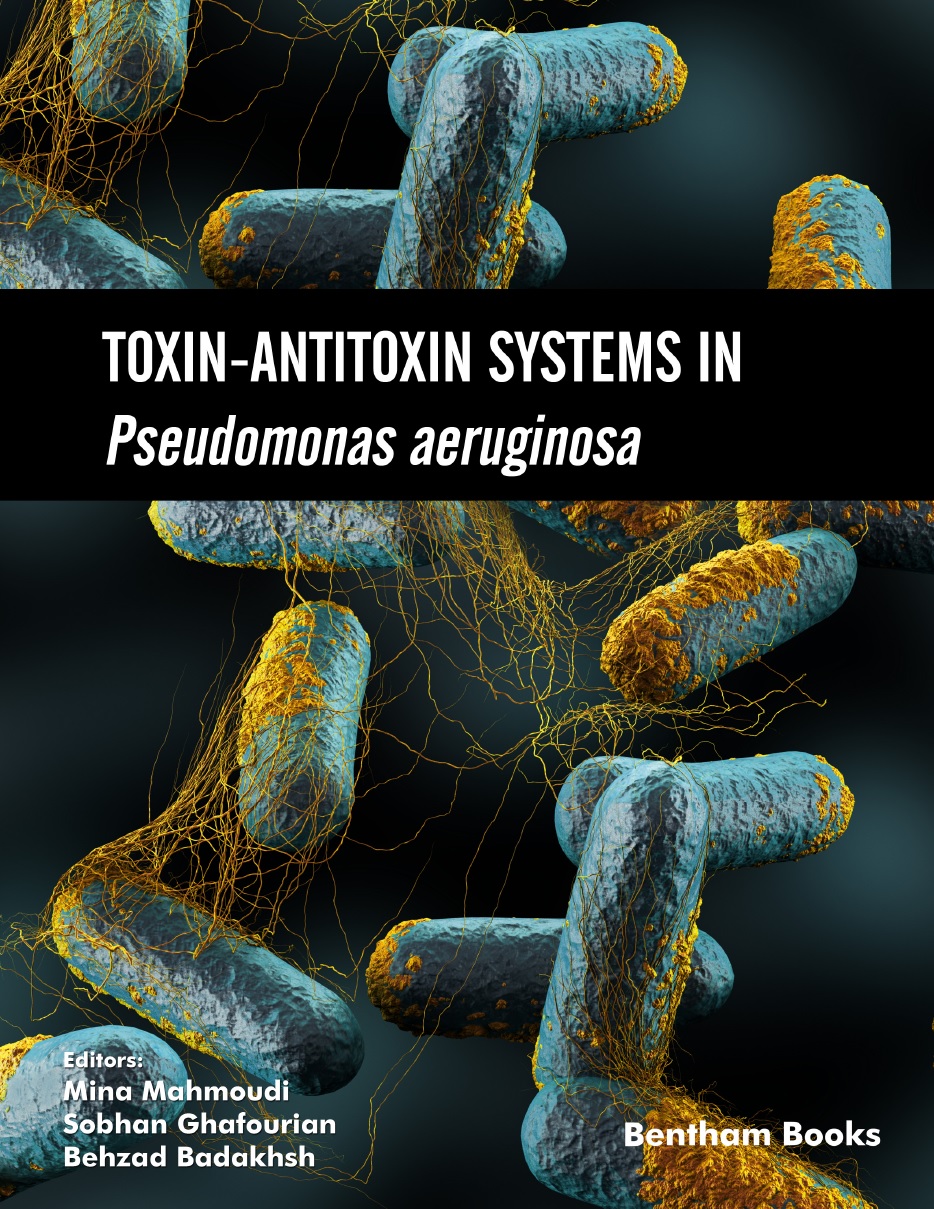Abstract
Toxin-antitoxin (TA) systems are found in large numbers in the bacterial genome. They were even seen as multiple copies in most cases. Structurally, TA systems are encoded by two or more adjacent genes that are expressed toxin and its cognate antitoxin elements all together. Generally, antitoxin neutralizes its cognate toxins and thus controls TA system functions. All toxins are protein elements while antitoxins can be proteins or non-coding RNAs. Hitherto, six types of TA systems are considered based on structural features and mode of action. Type II is more attractive to researchers due to its high frequency. Scientists believe that TA systems are involved in key biological functions due to their regulatory properties. Therefore, several crucial features have been proven for TA systems including, biofilm formation, persister cell formation, antibiotic resistance, programmed cell death, plasmid maintenance, etc. Since these systems are abundant, regulatory, and involved in the biology of bacteria, they have been studied as potent antimicrobial targets. The purpose of writing this chapter is to acquaint the reader with the different aspects of these systems to become more familiar with TA systems importance and performance.
Keywords: Antibiotic resistance, Biofilm, Persister cell, Plasmid maintenance, Post-segregational killing, Programmed cell death, Regulatory systems, Types of TA systems.






















